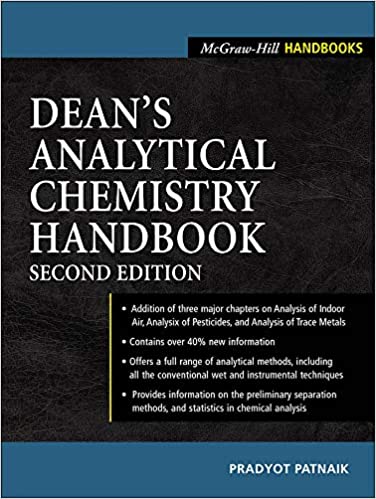End point of the tiration
End point of the titration is where we should stop adding titrant.
For the best result we should select a method of detecting the end point that will guarantee that the end point is as close to the theoretical equivalence point as possible. However, as we will show in the end point detection section, it is enough that the end point is reasonably close to the equivalence point, as in most cases our efforts to select perfect end point detection method will be wasted - there will be no increase of accuracy.
That's because in almost all titrations change of the observed property of the solution (like pH in the case of acid-base titration, or potential in the case of redox titration) is very fast near the equivalence point. That means that necessary excess of the reagent is very small, often comparable with the accuracy of the burette, or similar to the size of a smallest drop of the titrant that can be added to the solution. Thus in laboratory practice it is much more convenient to use cheap, stable and easy to prepare indicators, at the price of (dubious) increase of accuracy. It doesn't mean you can completely ignore the problem, just don't overdo.
The easiest and most common methods of end point detection are based on the color change. It can be a color change of an indicator added just for that purpose, or color change of the titrated substance, or color change caused by the excess titrant itself or its reaction with some other substance, added to the solution just for that purpose. In some cases excess titrant may cause turbidity of the solution, which is also easy to spot.




